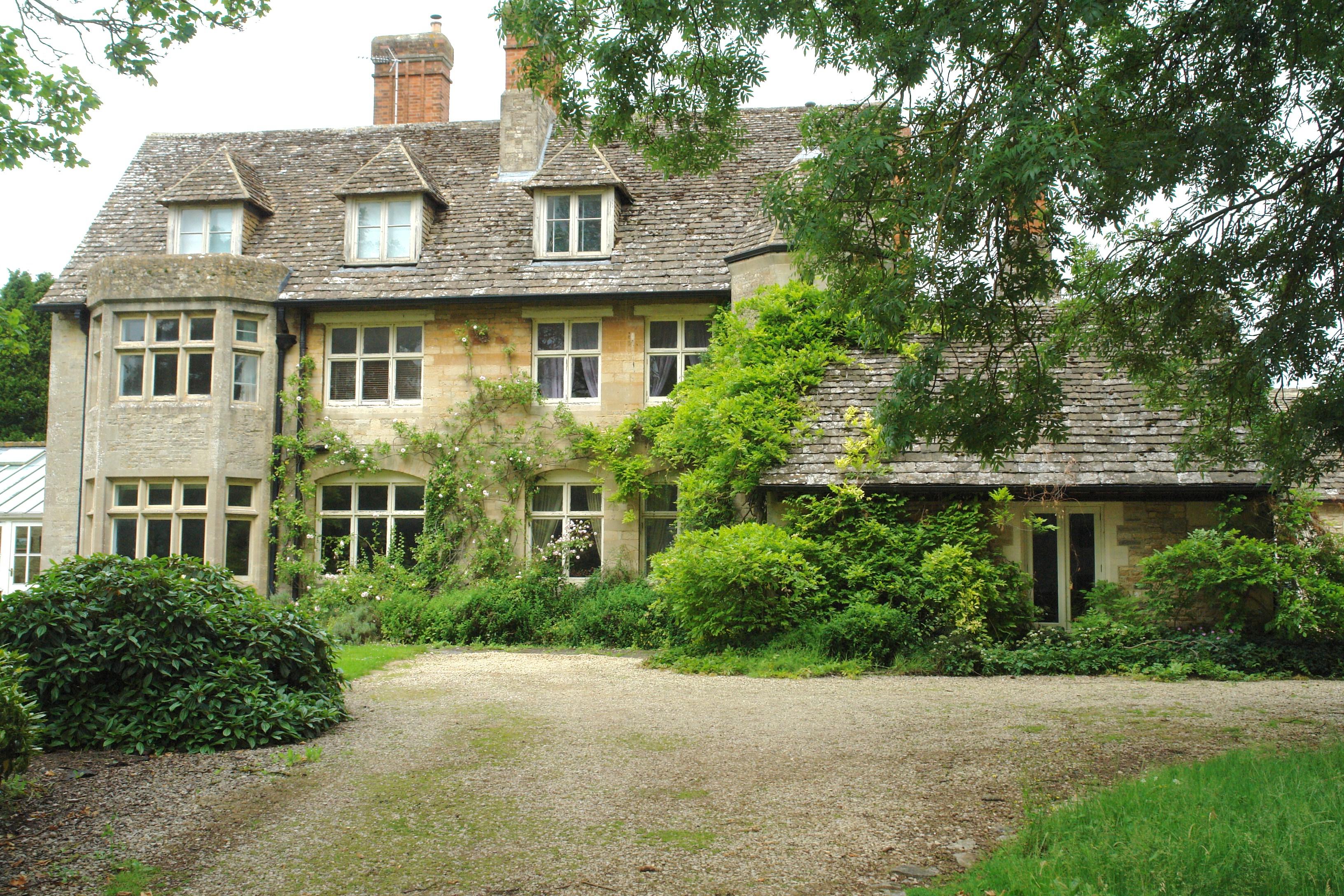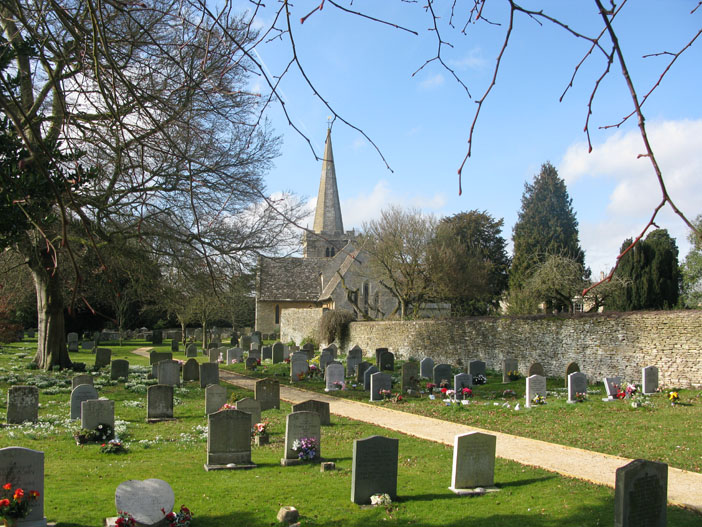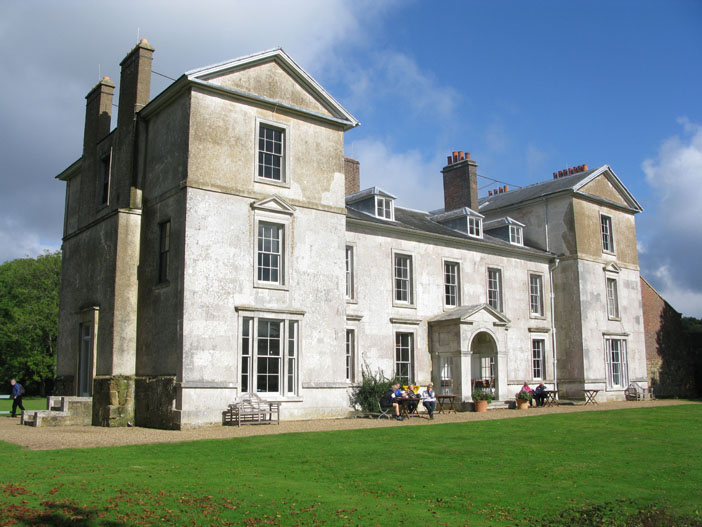
IT IS WITH GREAT SADNESS THAT WE ANNOUNCE THE PASSING OF OUR PRESIDENT SIR ANDREW DAVIS CBE. R.I.P.

Vaughan Williams-near-Bolzano-Italy-1897 ©Vaughan Williams Foundation
The life and music of Ralph Vaughan Williams
A brief exploration
Early Years
Ralph Vaughan Williams was born in ‘The Vicarage’, in Down Ampney, on 12 October 1872. He was the third child of Arthur and Margaret Vaughan Williams. Arthur Vaughan Williams and Margaret Wedgwood married in 1866. Arthur was ordained vicar of All Saints church, Down Ampney, in 1868. Previously, he had posts at Bemerton – coincidentally in the same parish where the poet George Herbert had been Vicar around three hundred years earlier – and at Halsall in Lancashire. Ralph’s father was the third son of Sir Edward Vaughan Williams, a lawyer and judge, who had married Margaret Wedgwood in February 1868.
Margaret, Ralph’s mother, was one of three daughters to Josiah Wedgwood III and Caroline Darwin. The Wedgwood and Darwin families had often intermarried. Ralph had on his mother’s side two famous great-great-grandfathers, Josiah Wedgwood (1730-95), the founder of the pottery at Stoke-on-Trent, and Erasmus Darwin, the physician, poet and grandfather of Charles Darwin.

Birthplace: The Vicarage, Down Ampney.
Photograph © Ed Tervooren. By kind permission of ‘Musicalics’.

Arthur and Margaret Vaughan Williams

Church of All Saints, Down Ampney
In 1847, the Wedgwood family had purchased Leith Hill Place in Surrey and it was to this family home that Margaret Vaughan Williams and her three children returned when Ralph’s father died suddenly in early 1875. Ralph was just over two years old.
Ralph flourished amidst the rhododendrons and azaleas of Leith Hill Place. Settling into the old attic of the house, he had an excellent nurse, Sarah Wagner. He had learnt to read by the spring of 1876. Music was important to the family. His Aunt Sophy (his mother’s sister) gave Ralph his early music lessons. He wrote his first piano piece, called The Robin’s Nest, when he was six. Ralph played duets with his brother Hervey and his sister Meggie. His mother would read aloud — adventure stories as well as the classics. His admiration for Shakespeare began at this time. The practice of reading aloud was something Ralph enjoyed all his life, including re-reading the complete works of Shakespeare with his second wife, Ursula, in the early 1950s.

Leith Hill Place

The Robin’s Nest
Back in the early 1880s, Ralph was passionate about architecture. He read books about Norman and Gothic buildings and in 1883 received a much treasured Christmas present from his mother, the Pictorial Architecture of the British Isles.
Ralph followed his brother to preparatory school at Rottingdean near Brighton in 1883. He described the music teaching there as very good. He was introduced to the music of J.S. Bach and was good enough at the violin to play Raff’s Cavatina by heart. In January 1887, the fourteen year-old boy became a pupil at Charterhouse school near Godalming in Surrey where he remained until 1890. Here he organised concerts and felt that he had the makings of a fine viola player. His family disagreed, believing that the organ was the right instrument for him.
Having left Charterhouse in July 1890, Ralph entered the Royal College of Music in September. After two terms of hard study, he became a pupil of Sir Hubert Parry. Parry insisted that Ralph learn more Beethoven, especially the late quartets. Parry widened Ralph’s musical knowledge, but also provided him with a sense of the nobility and greatness of the English choral tradition. Ralph had found something “peculiarly English” in Parry’s music, awakening a consciousness of the national composer that was to flourish over a decade later.
In 1892, Ralph went to Trinity College, Cambridge to study both history and music. He continued to have weekly lessons with Parry in London. At Cambridge, he studied with Charles Wood who Ralph described as “the finest technical instructor I had ever known”. As his cousin, Ralph Wedgwood, and many Darwin relations, were at Cambridge, Ralph was introduced to a wide circle of friends, including G.E. Moore, the philosopher, George Trevelyan, the historian, and Hugh Allen, later to become Director of the Royal College of Music.
Ralph had taken his B.Mus. in 1894 and his history degree the following year. He returned to the R.C.M. in 1895 where he became a close friend of Gustav Holst. Ralph was to speak of him as “the greatest influence on my music”, and their close companionship was to last until Holst’s death in 1934. With Parry as Director of the R.C.M., Ralph now went to Sir Charles Villiers Stanford for lessons.
Ralph, meanwhile, had met Adeline Fisher, a talented cellist and pianist with a lively intelligence and delicate, pre-Raphaelite good looks. She was a first cousin of Virginia Woolf. Ralph and Adeline became engaged in 1896 and the couple married on 9 October 1897 at All Saints Church, Hove. It was three days before Ralph’s twenty-fifth birthday.

Adeline Vaughan Williams (Fisher)
Following a brief period of study with Max Bruch in Berlin, Ralph returned to the post of organist at St. Barnabas, South Lambeth in London which he had held since 1895. Ralph disliked the job although he recognised that it gave him an insight into good and bad church music which would stand him in good stead a few years later. He resigned in 1899.
Ralph’s first published work was written in 1901. It is a lovely setting for voice and piano of William Barnes’ poem Linden Lea. Vaughan Williams’ songs at this time, including settings of Christina Rossetti, D.G. Rossetti and Tennyson, are noteworthy if not yet fully characteristic. Silent Noon is, perhaps, his most successful song from this period, with a perfect matching of words and melody.
Linden Lea performed by the choir of New College Oxford
Of vital importance to the development of Vaughan Williams’ style was the discovery of an English folk song at Ingrave near Brentwood in late 1903. The song was Bushes and Briars. Its impact, and the mark of other folk songs he quickly collected, was profound and permanent, influencing the texture, contours and melodies of his work. His orchestral works written shortly after hearing Bushes and Briars — In the Fen Country and the Norfolk Rhapsodies, for example — are wonderfully atmospheric. The inclusion of The Captain’s Apprentice in the Norfolk Rhapsody is quite beautiful.
Vaughan Williams’ style was also shaped by his involvement with hymn-tunes from 1904-06 as Musical Editor of the English Hymnal. He ranged far and wide in his search for appropriate material and studied closely the work of Tudor and Elizabethan composers, including Thomas Tallis, whose Psalm tune Why Fumeth in Fight? was soon to form the basis of one of Vaughan Williams’ greatest works, the Fantasia on a Theme by Thomas Tallis.

Bushes and Briars as notated by Vaughan Williams in 1903
‘Bushes and Briars’ sung by a member of the Purcell Singers conducted by Imogen Holst
Vaughan Williams contributed four original hymns to the English Hymnal, including the well-known Sine Nomine (For all the Saints), as well as one of the most beautiful of all, Come down, O Love Divine. This was named after his birthplace in Down Ampney.
Influenced by folk-songs, hymn tunes, the philosophy and music of Sir Hubert Parry and the glories of Tudor and Elizabethan choral music, the mature Vaughan Williams was about to emerge from his long apprenticeship. The poetry of Walt Whitman was another catalyst. Whitman’s structural and metrical freedom, his open-air style and spiritual intensity liberated Vaughan Williams’ musical imagination. He began work on what was to become A Sea Symphony in 1903 and Toward the Unknown Region was first performed in 1907. Both set Whitman at his most visionary and inspired.
In late 1907 and into 1908, Vaughan Williams decided to have lessons from Maurice Ravel in Paris. These were a success, with the English composer learning, as he put it, “to orchestrate in points of colour rather than in lines”. Vaughan Williams returned with what he called “a bad attack of French fever” which produced the memorable song cycle On Wenlock Edge, to words by A.E. Housman.
Vaughan Williams talks about Percy Dearmer and the English Hymnal
Vaughan Williams talks about Percy Dearmer and the English Hymnal 1904
Contact Information
To contact Officers of the Ralph Vaughan Williams Society please click on the links.
Publicity & Events Officer
(To publicise events, recordings, publications)
Journal Editor
(To send us articles)
Information Officer
(All matters relating to RVW)
Albion Records
(The RVW Society recording label)
© THE RALPH VAUGHAN WILLIAMS SOCIETY | ACKNOWLEDGEMENTS AND COPYRIGHT | LEGAL | PRIVACY
